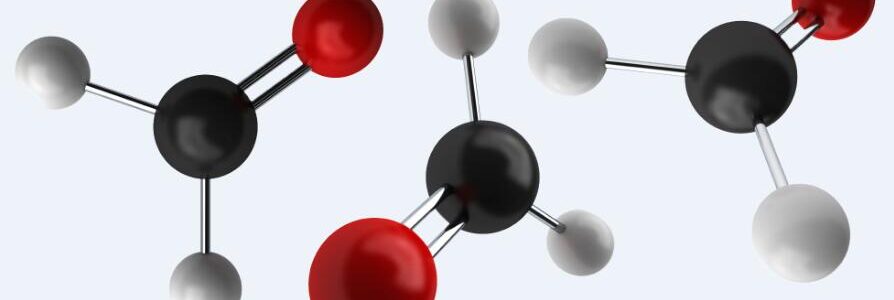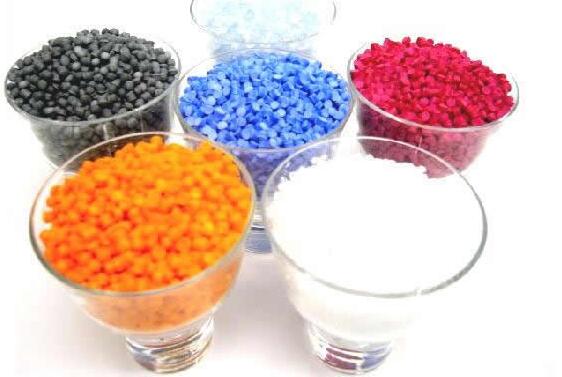Polytetrafluoroethylene (PTFE) is a synthetic material accidentally invented in the late 1930s while a chemist was endeavoring to develop a new type of perfluorethylene-based refrigerant. Rather than achieving a chlorofluorocarbon, the scientist was surprised to find that the perfluorethylene used in the process reacted with the iron content of its container and polymerized it under pressure. Less than a decade later, this new material was being distributed on a commercial scale and was eventually patented under the name Teflon®. It would be another 20 years before this material would hit the frying pan and become known as the first non-stick coating for cookware, however. In fact, this material was used for a variety of other purposes at first.
| Property Name | Units | ABS/PVC Alloy | PTFE Filled |
|---|---|---|---|
| Specific Heat Capacity | BTU/lb-°F | 0.382 | |
| Shear Modulus | ksi | ||
| Compressive Yield Strength | psi | 3050 | 5710 |
| Poisson’s Ratio | |||
| Dielectric Constant | 3.3 | 3.7 | |
| Dielectric Strength | kV/in | 508 | 467 |
| Elongation at Break | % | 100 | 9.4 |
| Flexural Yield Strength | psi | 7030 | 9820 |
| Modulus of Elasticity | ksi | 319 | 348 |
| Hardness, Rockwell R | 88 | 110 | |
| Tensile Strength, Ultimate | psi | 4030 | 6580 |
| Tensile Strength, Yield | psi | 5420 | 8270 |
| Electrical Resistivity | ohm-cm | 1.00e+14 | 3.00e+15 |
| Density | lb/in³ | 0.0423 | 0.0531 |
| Max Service Temperature, Air | °F | 170 | 212 |
| Thermal Conductivity | BTU-in/hr-ft²-°F | 1.87 | 1.67 |
| Fracture Toughness | ksi-in½ |




Great post.